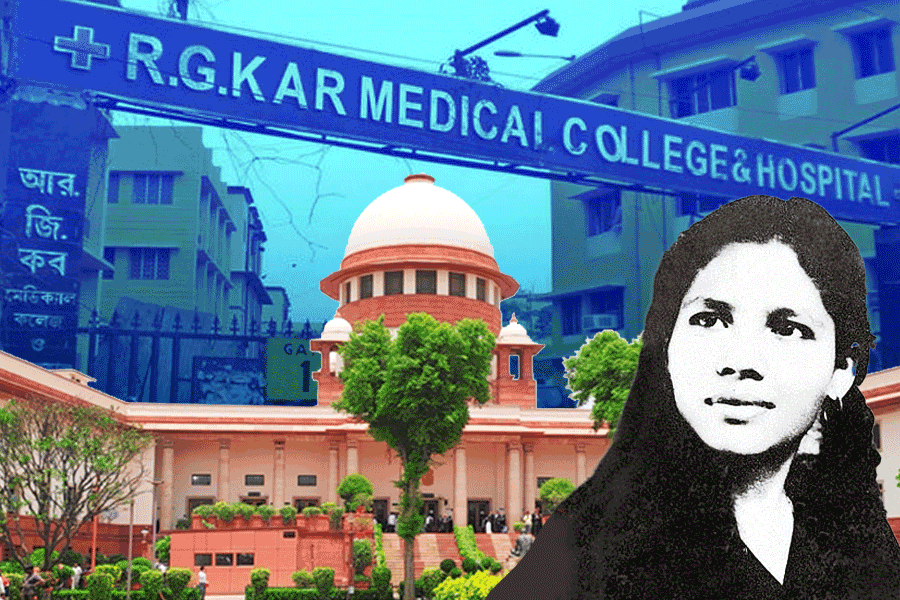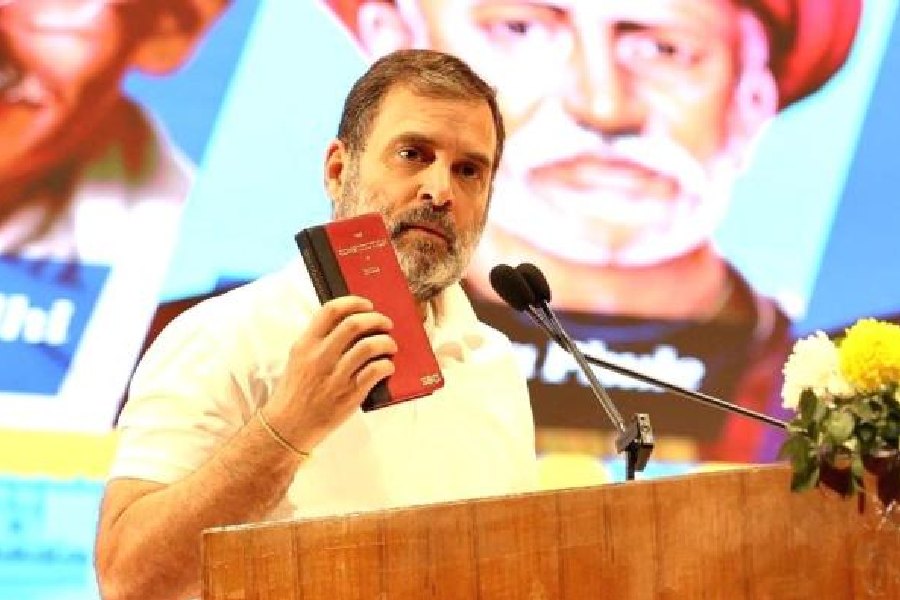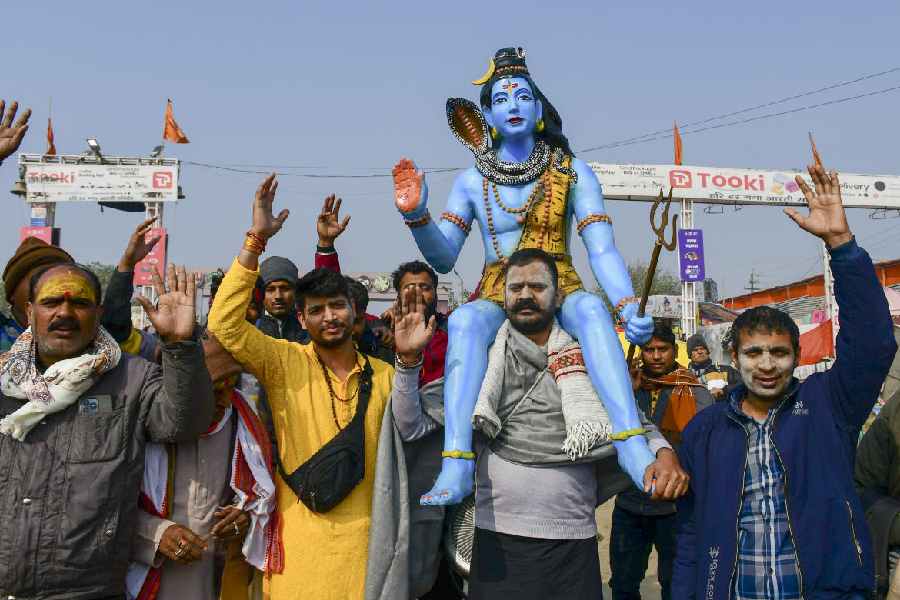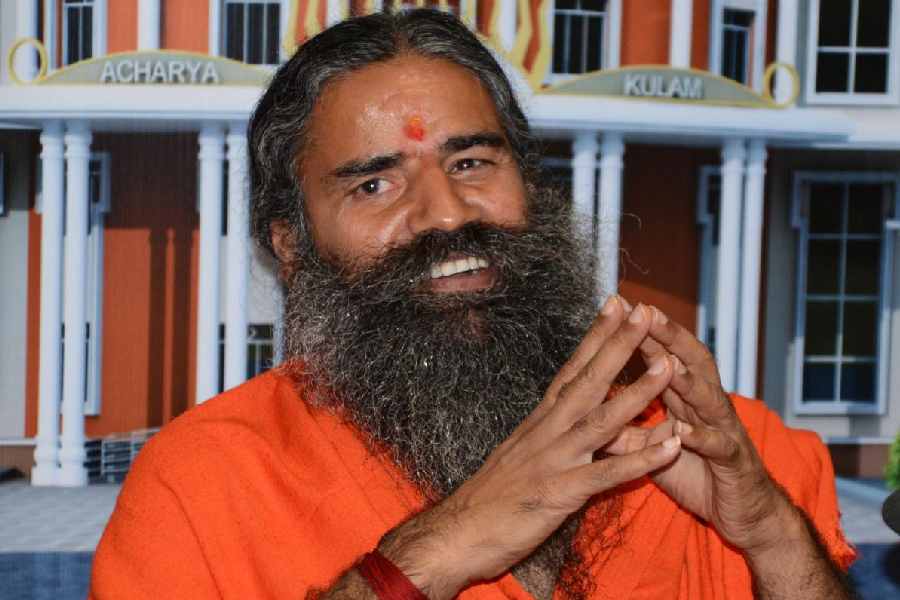Some cases stand out. In the long history of brutality inflicted by men upon women, some incidents stand out – even in a country where a rape happens every 16 minutes on average.
The Supreme Court referred to the case of Aruna Shanbaug on Tuesday while pulling up Bengal chief minister Mamata Banerjee’s administration for its actions and inaction on the RG Kar rape & murder case.
A three-judge bench, led by Chief Justice of India (CJI) DY Chandrachud referred to the Shanbaug case, which dates back to 1973, to express that this is not the first time a lady healthcare worker had to face such brutality.
“Sexual violence has had its origins even within the institution, the case of Aruna Shanbag being a case in point…..The lack of institutional safety norms at medical establishments against both violence and sexual violence against medical professionals is a matter of serious concern,” said the CJI.
Aruna Ramchandra Shanbaug was a a staff nurse at the King Edward Memorial (KEM) hospital in Parel, Mumbai. On November 27, 1973, she went about her duty throughout the day, helping patients and assisting doctors.
In the evening, in the shroud of darkness, the talons of evil grabbed her.
A ward attendant named Sohanlal, who was employed at the same hospital, attacked her. He pounced on her, wrapped a dog chain around her neck, and pulled her into a corner. He tried to rape her, but found out she was menstruating.
He then sodomised her. He twisted the chain around her neck so that she could not resist. Aruna had earlier reportedly accused Sohanlal of stealing food meant for dogs at the KEM hospital.
A cleaner of the KEM hospital found Shanbaug’s immobile body on the floor with blood all over. She was unconscious. She was an alive cadaver (brain dead), because the dog chain cut off the oxygen supply to her brain.
A young woman’s life was brutally cut short. Aruna Shanbaug was supposed to get married to a doctor at the KEM hospital the next year.
The Bombay police arrested Sohanlal from Pune after a manhunt.
As per a neurologist of the KEM, Aruna had “brain stem contusion injury with associated cervical cord injury”.
After the assault, what remained of Aruna was a frail body with brittle bones. Her skin resembled paper pulp stretched over a skeleton.
“Her wrists are twisted inwards,” a submission at the apex court said. “Her teeth had decayed causing her immense pain. She can neither see, nor hear anything nor can she express herself or communicate, in any manner whatsoever…. Aruna is virtually a skeleton. Her excreta and the urine is discharged on the bed itself… Aruna cannot be said to be a living person and it is only on account of mashed food which is put into her mouth that there is a facade of life which is totally devoid of any human element.”
But Aruna Shanbaug did not die. She remained alive for the next 42 years under medical care. In the year 2011, her case triggered a debate of euthanasia (assisted death to end suffering) in India. An activist, Pinki Virani, filed a petition in the Supreme Court to seek permission to grant euthanasia to Aruna.
The apex court delivered a judgment on March 7, 2011. It rejected the petition for active euthanasia.
The nurses at the KEM hospital, who tended to Aruna’s daily needs for nearly 40 years, had opposed the petition. She is one of us, we will take care of her, the nurses at KEM hospital said.
The difference between active and passive euthanasia in active euthanasia something is done to end life while in passive euthanasia life ends because something was not done to preserve life.
Later, in 2018, a Supreme Court bench, of which then-Justice Chandrachud was a part, recognised passive euthanasia.
“....Modern medical science should balance its quest to prolong life with need to provide patients quality of life. One was meaningless without the other,” Chandrachud had observed during the judgment.
Aruna eventually died of pneumonia in 2015. It is said that the nurses took such loving care of her that she did not have bedsores even after years of being bedridden.
Sohanlal was sentenced to seven years of prison because sodomy was not classified as rape under Indian law during the 1970s.
He was sentenced for attempted murder.
The Supreme Court on Tuesday set up a National Task Force to prepare a plan to prevent violence, including gender-based violence against medical professionals and enforce a national protocol for workspace safety of healthcare personnel.
According to National Crime Record Bureau statistics, India recorded 4,45,256 rape cases in 2022. That means 51 rapes every hour.
But even then, some cases stand out, some names stand out and become part of a nation’s conscience. Aruna Shanbaug is one of them.











